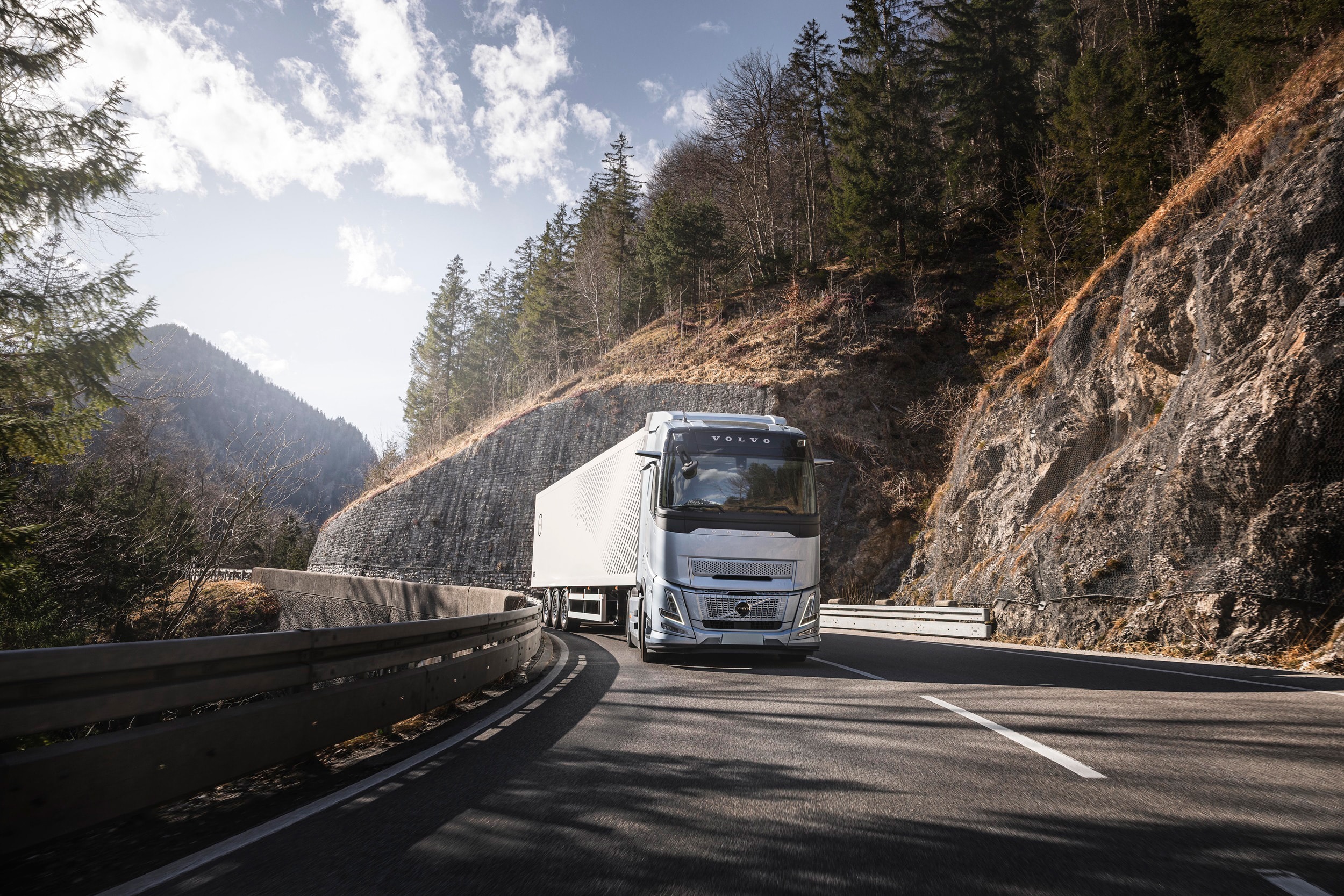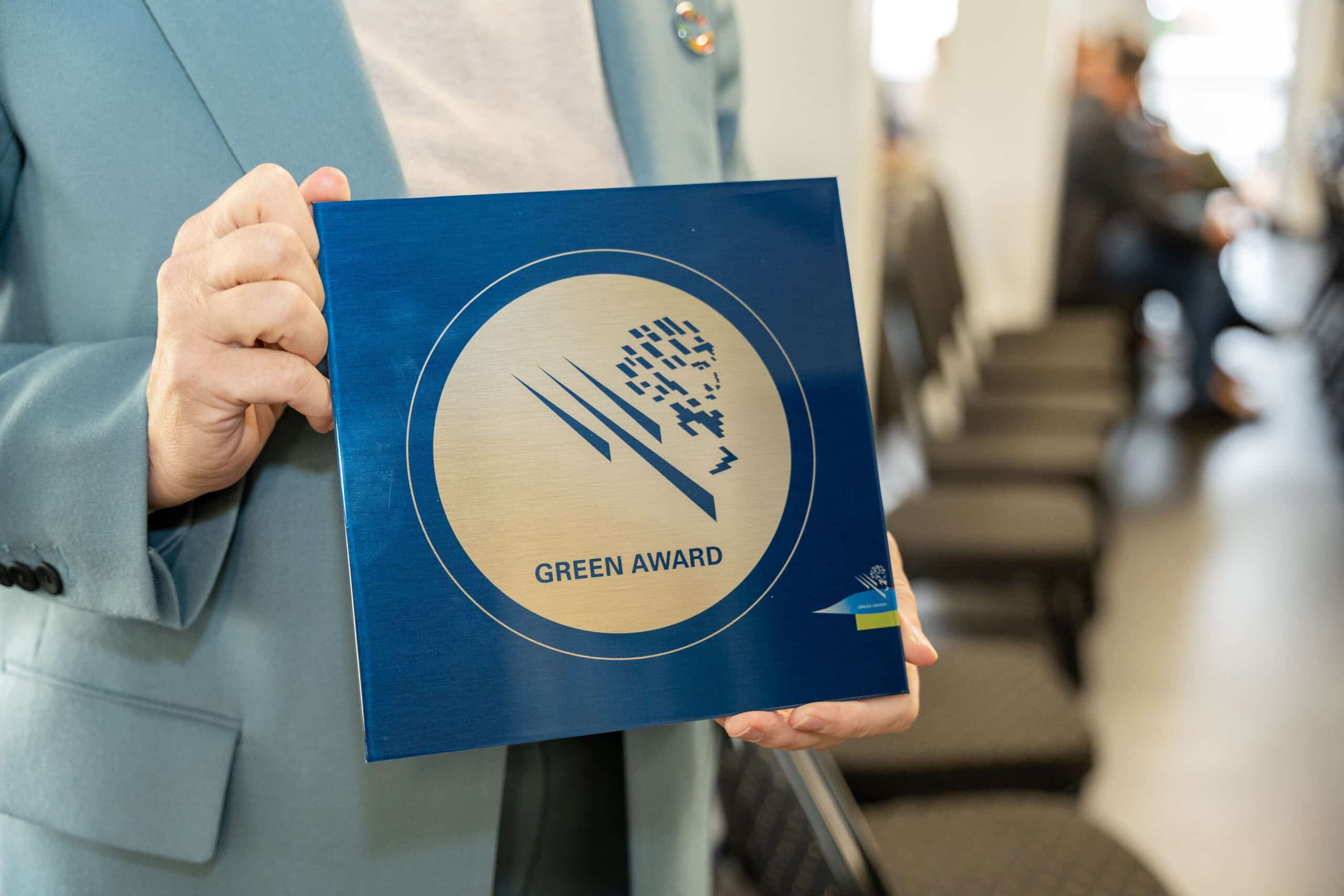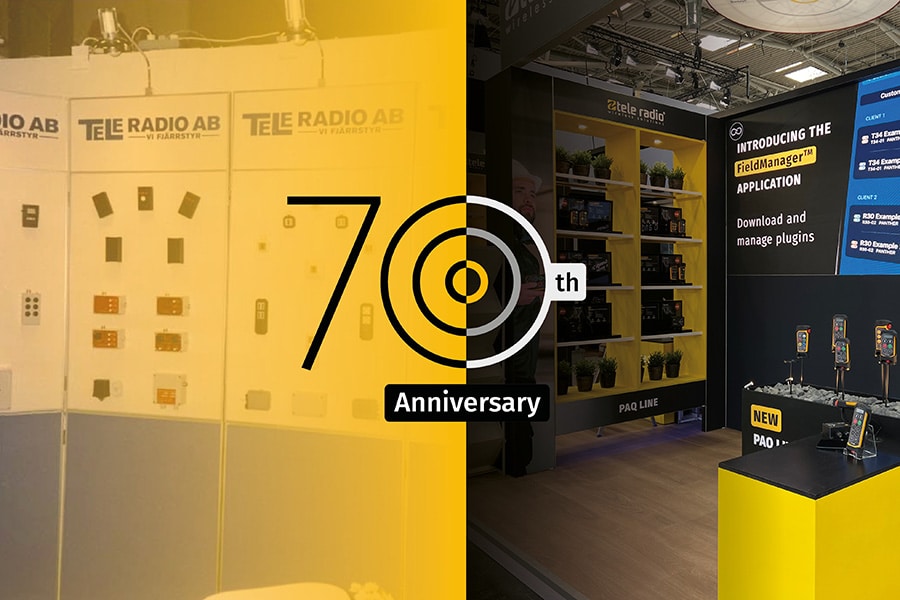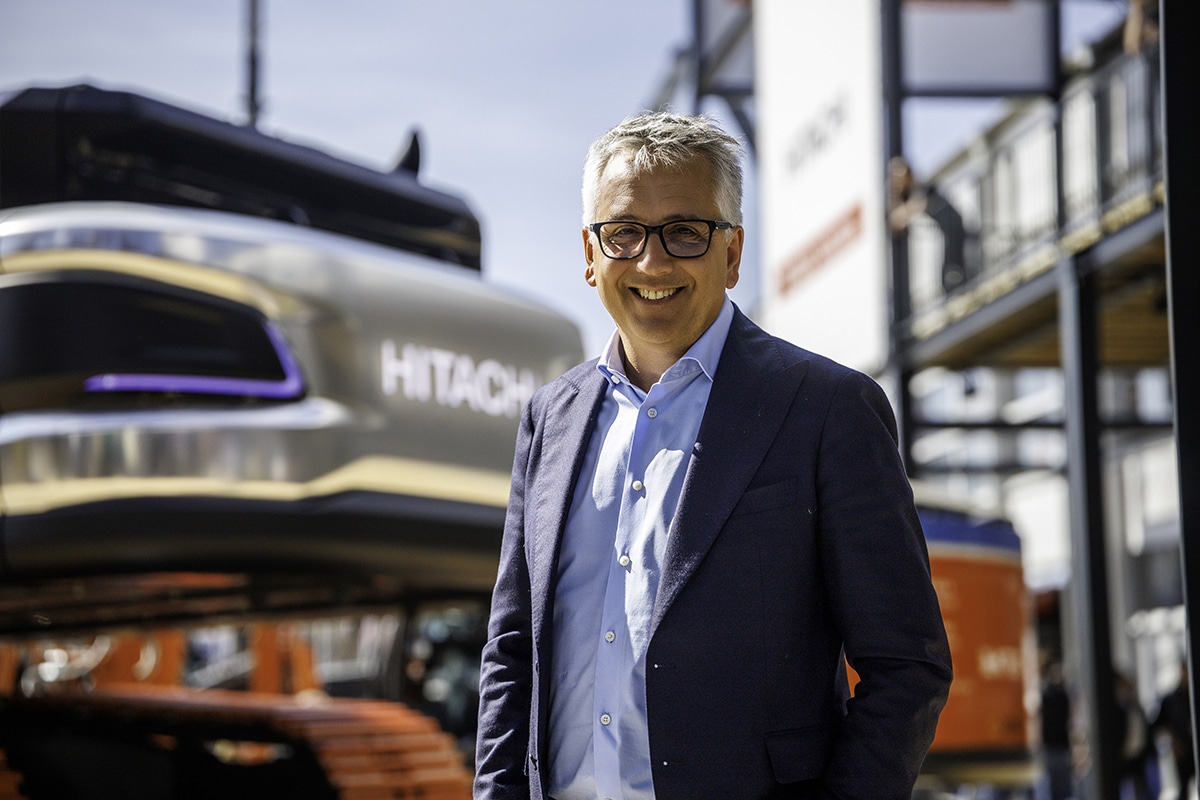
Substructure of Thames Road route completed
In the Rotterdam port area, the Harbour Railway, the first section of the Betuwe Route, is being shifted. The new stretch of track of more than 4 kilometers, the Theemswegtracé, will be completed at the end of 2021 and will solve the capacity bottleneck at the Caland Bridge near Rozenburg. The new route runs over a raised railroad viaduct. The track has been given two arch bridges and reconnects with the existing railroad at the A15. By relocating the railroad line, the increasing train traffic will no longer get in the way of shipping traffic, which will improve the flow.

We speak with Rik van Opdorp, project manager at Mobilis. "The substructure for the Thames Road route (the railroad viaduct and modifications to the road network) was built by contractor consortium SaVe, consisting of: TBI company Mobilis, Besix, Dura Vermeer, Hollandia and Iemants. As technical manager, I was responsible for supervising the design, work preparation and daily management. There was a lot of contact with the client, Port of Rotterdam Authority. Within this project, the emphasis was on engineering and safety."

Many challenges and special specialty
The underpinning of the Thames Road route was not without its challenges, Rik notes. "The project was carried out over and near public infrastructure and vulnerable environmental elements, such as petrochemical industry and a complex network of cables and pipelines. The two troughs that were built may be classified as a difficult construction. Because of the location, the way of crossing, which is inclined rather than perpendicular, the cables and pipelines present and the unique space, which is limited. That's where real specialism comes in, with special pile foundations, which had to go into the ground next to in-service transmission lines in the Botlek area. Therefore, low-vibration/free piles formed in the ground were chosen, which were installed by the Voorbij-Franki foundation combination. The lengths and diameters (20+ meters in length and 720 mm + diameter) were applied on this scale for the first time in this project. The formwork of the troughs had to be balanced, as the walls and floors were poured at once. The span, the slenderness of the structure and the slant crossing required a lot of reinforcement. We are talking about two troughs side by side, about 150 meters."

Entering steel railroad bridges
The consortium worked within a limited space in an environment that was moving day and night. The surrounding businesses had to remain accessible at all times. Rik continues: "Additional challenges were present in the logistics that followed, when driving in two new steel arch bridges. These were driven in to their final locations last year, on so-called SPMTs -Self Propelled Modular Transporter- from Mammoet. One bridge was transported over the water, it was driven over pontoons in the lock, to spare the lock, and the other bridge was driven over the Thomas Tunnel, right next to the VOPAK site in service, where oil storage takes place. We are talking about bridges 150 meters long and 250 meters long, respectively. The bridges weigh 4,400 tons each. One of the bridges is narrow and long, the other is short and wide. Quite a feat to get everything into place safely!"

The personal challenge for Rik lay in the fact that a lot of work had to be done in a short time frame. "That requires a lot of cooperation. As parties we are all not new to each other, as individuals we often are. The whole work was approached as a combination and the noses were pointed in the same direction. That makes you able to do a tremendous amount as a team."



